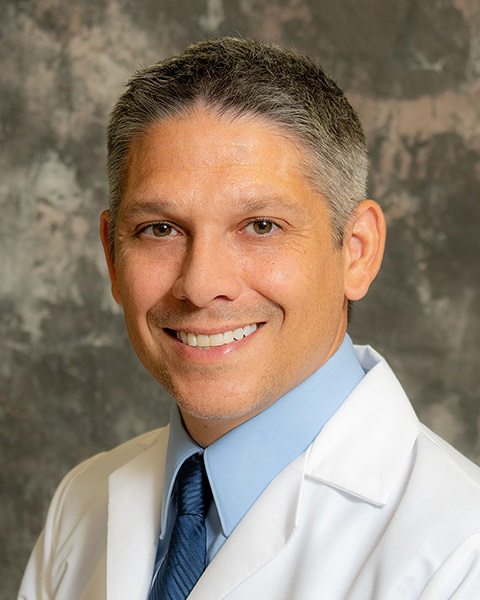When to Seek Emergency Care for Burns

Burns are the fourth leading cause of accidental death in the U.S. While anyone can sustain a burn injury, they are more common in young children, the elderly and people living in rural areas. In 2021, the Centers for Disease Control and Prevention reported 398,000 fire or burn related injuries along with 252,000 injuries related to hot objects or substances.
What are burns and how are they treated?
Burns are tissue damage caused by heat, chemicals, electricity, radiation or the sun. Smoking and open flames are the leading causes of burn injuries for adults, while scalding is the leading cause of burn injuries for children.
“Burns can range in severity depending on their cause,” said Shane R. Sergent, DO, an emergency medicine physician and Central Region Medical Director of Emergency Medicine at Penn Highlands Healthcare. “While most minor sunburns and those you suffer from touching a hot pot handle can usually be treated successfully at home, it is best to seek medical treatment for those caused by chemicals, electricity and radiation.”
First- and second-degree burns are considered minor burns and typically do not require medical attention. At home, start by removing rings or other tight items from the burn site before the area swells. Then, cool the burn by running cool, not cold, water over it for 10 minutes. If the burn is on the face, apply a cool, wet cloth until the pain eases. After the burn is cooled, apply lotion or aloe vera to prevent drying. Cover the burn with a clean bandage and wrap it loosely.
For a mouth burn from hot food or drink, put a piece of ice in the mouth for a few minutes.
Third- and fourth-degree burns are major burns and need immediate medical attention. If you experience any of the following symptoms, call 911 or visit the nearest emergency room:
- Deep burn involving all layers of the skin
- Dry and leathery skin
- Charred skin or patches of white, brown or black
- Burns larger than three inches
- Burns that cover the hands, feet, face, groin, buttocks, arm, leg or a major joint
- Smoke inhalation
- Rapid swelling
How can you tell the depth of a burn?
First-degree burns are superficial burns and are typically dry and sensitive. The skin function remains intact.
Second-degree burns are partial thickness burns. They are moist and red or pink in color. They form blisters and are very painful.
Third-degree burns are full-thickness burns. They may be dry and leathery in appearance and the tissue may be pale, brown, back or red. These burns do not flinch from pressure. Skin function will be lost and grafting is required for functional healing. Third-degree burns most commonly require hospitalization.
“It is best to use common sense when seeking burn care,” said Dr. Sergent. “If the burn is larger than three inches, covers the hands, face or joints and does not cause any pain, seek medical care. Burns can lead to infections, scarring and loss of function if not treated quickly and appropriately.”
Penn Highlands Healthcare provides emergency care throughout Pennsylvania. Highly skilled emergency physicians, providers, nurses and staff provide 24-hour urgent care for all medical emergencies, 365 days a year. If you think your condition requires immediate treatment, call 911 or go to the nearest emergency room. To learn more, visit www.phhealthcare.org/ED.

